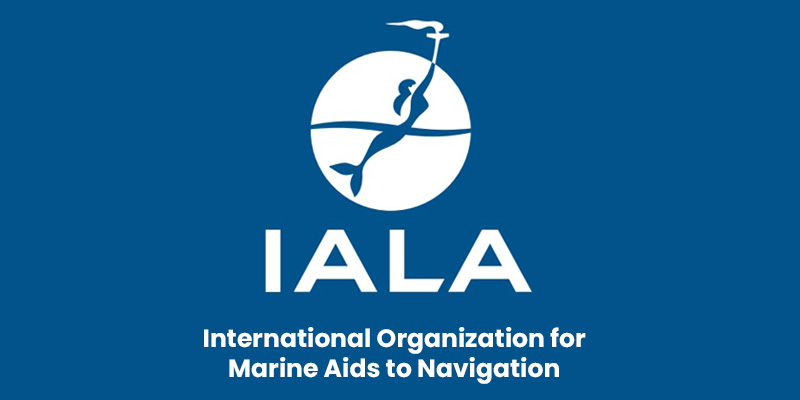Font size:
Print
India’s Disaster Resilience Framework for the Telecom Sector
Context:
The Department of Telecommunications (DoT), in collaboration with the Coalition for Disaster Resilient Infrastructure (CDRI), has released the Disaster Risk and Resilience Assessment Framework (DRRAF) to strengthen India’s telecom sector against disasters.
- The study was conducted across five disaster-prone states: Assam, Odisha, Tamil Nadu, Uttarakhand, and Gujarat.
- The framework aligns with the UN’s ‘Early Warning For All by 2027’ initiative, ensuring robust digital infrastructure before, during, and after disasters.
About DRRAF in the Telecom Sector
Significance of Telecom Resilience
- Critical for Disaster Management: Ensures rapid communication among disaster management authorities and the government.
- Vulnerabilities in Telecom Infrastructure:
- Physical Damage: Towers and cabling are susceptible to wind, floods, and earthquakes.
- Power Failures: Disruptions in electricity impact connectivity, especially in disaster-hit areas.
- Coastal Risks: Undersea cables face damage, leading to global connectivity disruptions.
The Dynamic and Resilient Response Action Framework (DRRAF) for the Telecom Sector is designed to ensure uninterrupted connectivity, rapid crisis response, and long-term network resilience in the face of disruptions such as natural disasters, cyberattacks, or infrastructure failures.Key Components of DRRAF in the Telecom Sector
- Risk Assessment & Early Warning System
- Real-time Network Monitoring – Continuous surveillance of telecom infrastructure for anomalies, outages, and threats.Evaluation of 0.77 million telecom towers across multiple hazards like floods, cyclones, and earthquakes.
- Predictive Analytics – AI-driven analysis to anticipate potential failures, cyberattacks, or overloads.
- Disaster Forecasting Integration – Coordination with meteorological agencies to anticipate disruptions due to extreme weather events.
- Adaptive Response Mechanisms
- Automated Traffic Rerouting – Dynamic reallocation of network traffic to prevent congestion and maintain service quality.
- Scalable Network Management – Capacity augmentation based on sudden demand surges (e.g., during disasters or emergencies).
- Infrastructure Resilience & Resource Management
- Hardened Infrastructure – Disaster-proof telecom towers, underground fiber-optic networks, and flood-resistant data centers. Development of a Disaster Risk and Resilience Index to assess infrastructure vulnerabilities.
- Energy Backup & Sustainability – Deployment of renewable energy-powered telecom sites, including solar and battery backups.
- Multi-Stakeholder Coordination
- Government & Regulatory Engagement – Collaboration with telecom regulators, emergency response agencies, and cybersecurity bodies.
- Public-Private Partnerships – Engagement with tech companies, ISPs, and infrastructure providers for collective response planning.
- Cybersecurity & Data Protection
- Real-time Threat Detection – AI-based intrusion detection and mitigation of cyber threats.
- DDoS Mitigation Strategies – Firewalls, AI-driven traffic filtering, and load balancing.
- User Data Protection – Strong encryption, multi-layer authentication, and secure cloud infrastructure.
Strategic Measures for Telecom Resilience
- Enhancing Technical Planning: Strengthening design to withstand disaster impacts.
- Developing a Multi-Hazard Information Repository: Centralized database for data-driven risk management.
- Cross-Sectoral Collaboration: Coordinated response among stakeholders, including state governments and industry associations.
- Promoting Last-Mile Connectivity: Ensuring network reachability during emergencies.
- Leveraging Digital Solutions: Implementing technology-driven service restoration mechanisms.
- Implementing Monitoring Mechanisms: Ensuring continuous assessment of service reliability and disaster response efficiency.
- Addressing Power Failures in Telecom Networks
-
- Provision of emergency fuel supply (e.g., 50 litres per telecom operator) to maintain power backup.
- Real-time monitoring of telecom assets to expedite repairs.
- Design Improvements:
- Elevation of diesel generators to avoid flood damage.
- Strengthening of power infrastructure to ensure electricity supply.
- Infrastructure and Risk Management Strategies
-
- Strengthening Physical Infrastructure: Designing telecom towers to withstand extreme weather events.
- Data Collection and Risk Modelling: Incorporating disaster risk analysis into telecom planning.
- Dig-Once Policy: Simultaneous underground construction of multiple utilities, including fibre optic cables, to prevent damage.
- Financial Mechanisms for Resilience
-
- Parametric Insurance: Provides financial security to telecom operators, incentivizing infrastructure reinforcement.
- Public-Private Partnerships (PPP): Encouraging investment in resilient telecom networks.
Existing Government Initiatives for Disaster Resilience
- Real-time coordination with LSAs, state governments, and telecom operators.
- Indigenous Cell Broadcast System for emergency alerts.
- Deployment of Public Protection and Disaster Relief (PPDR) networks in collaboration with the Ministry of Home Affairs.
- Regulatory support for rapid service restoration post-disasters.
- Satellite-based communication and High Altitude Platform Systems (HAPS) for connectivity in disaster-hit regions.
Conclusion
- Building resilient telecom infrastructure requires a combination of technical, financial, and governance reforms.
- Both large-scale structural interventions and small adaptive measures are essential to ensure uninterrupted connectivity during disasters.
- The DRRAF provides a scalable model for disaster-resilient telecom networks, strengthening India’s commitment to disaster preparedness and economic stability.


